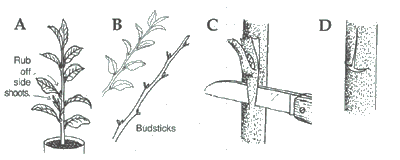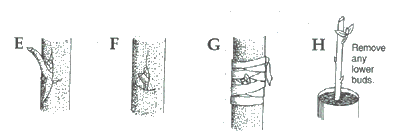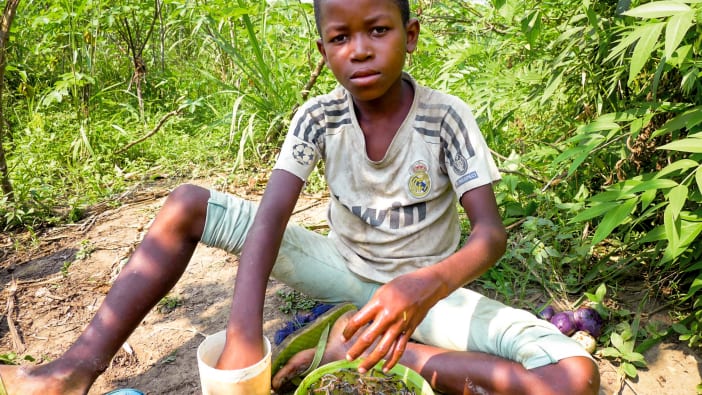Many of the fruits we eat come from trees. Fruits are an important human food, rich in vitamins. Some fruits, such as papaya and passion fruit, grow easily from seed. But if you have tried growing citrus fruit from seeds, you may have been disappointed with the results.
These trees will take many years to produce fruit, and the fruit is often not very good. These problems can usually be avoided by raising grafted fruit trees. Many people think that bud grafting is too difficult for them and needs to be left to experts. In fact, with practice, it is very simple.
What does bud grafting mean?
Bud grafting means taking a small bud from an excellent mother tree and joining it under the bark of a young seedling (called the rootstock) which will provide the roots for the new budded tree. The budded tree will have the stem, leaves and fruits of one type, and the roots of another type.
How does budding help?
- Budded trees combine the good points of both the mother tree and the rootstock.
- They start bearing fruit after only three or four years.
- Some types of citrus do not have seeds, so they can only be produced from buds.
- They do not grow so tall, so they are easier to pick.











